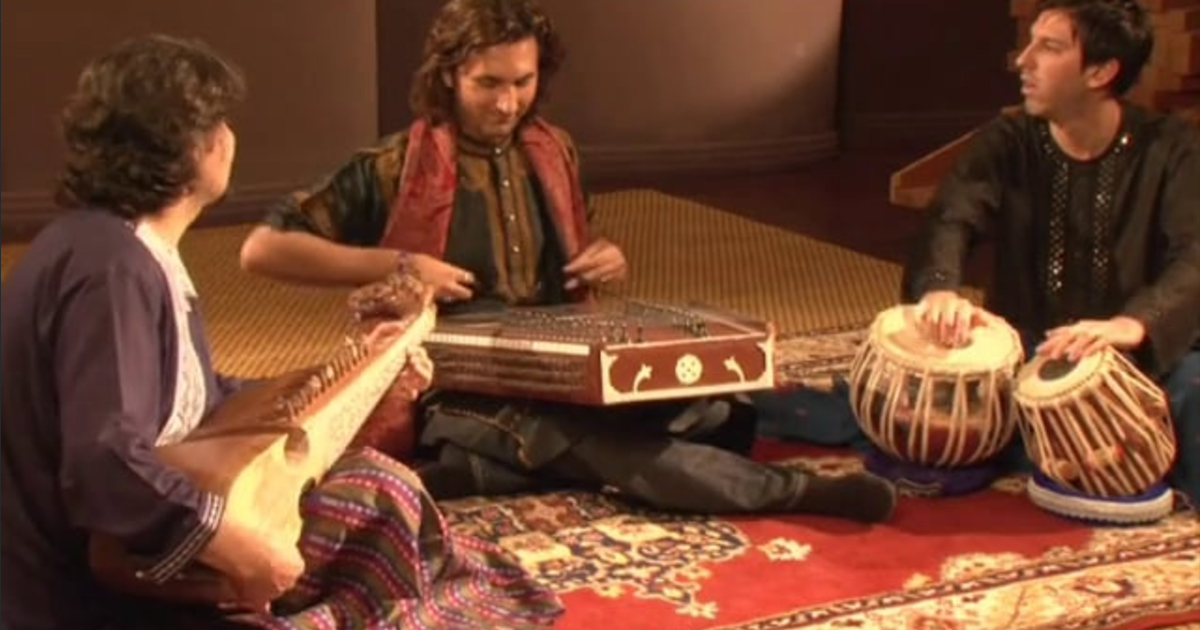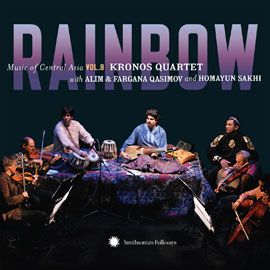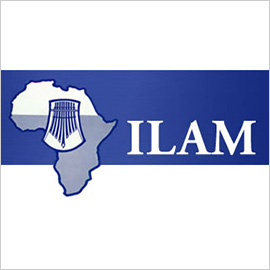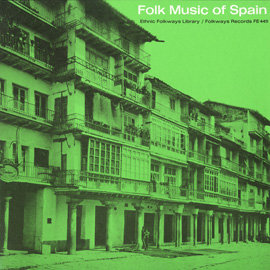Video
Making of the album “In the Footsteps of Babur”
In 1858 with the abdication of Emperor Bahadur II and the establishment of the British Raj, Afghanistan became a buffer zone between the Russian and British Empire. Following the rise of Soviet power in Central Asia in the 1920s, the once porous border between Central Asia and the Subcontinent hardened. In a modern day encore of the Mughal artistic synthesis, six cosmopolitan-minded musicians from Central Asia, Afghanistan, Northern India, were brought together by the Aga Khan Music Initiative with the aim of merging their musical instruments and traditions to create new sounds. One of them is the famous santur player from Mumbai, Rahul Sharma. In the spirit of today's musically globalized world, they met in northern California, where Afghan rubâb player Homayun Sakhi currently makes his home, and in Paris, where the commodious Studios Babel, true to its name, offered an ideal environment for a multicultural recording project. 10 Tracks, 65 Minutes, 41-page Booklet.
Music of Central Asia is a co-production of the Aga Khan Music Initiative in Central Asia, a program of the Aga Khan Trust for Culture, and Smithsonian Folkways Recordings. The aim of the series is to present leading exponents of Central Asia's rich and diverse musical heritage to listeners outside the region.







